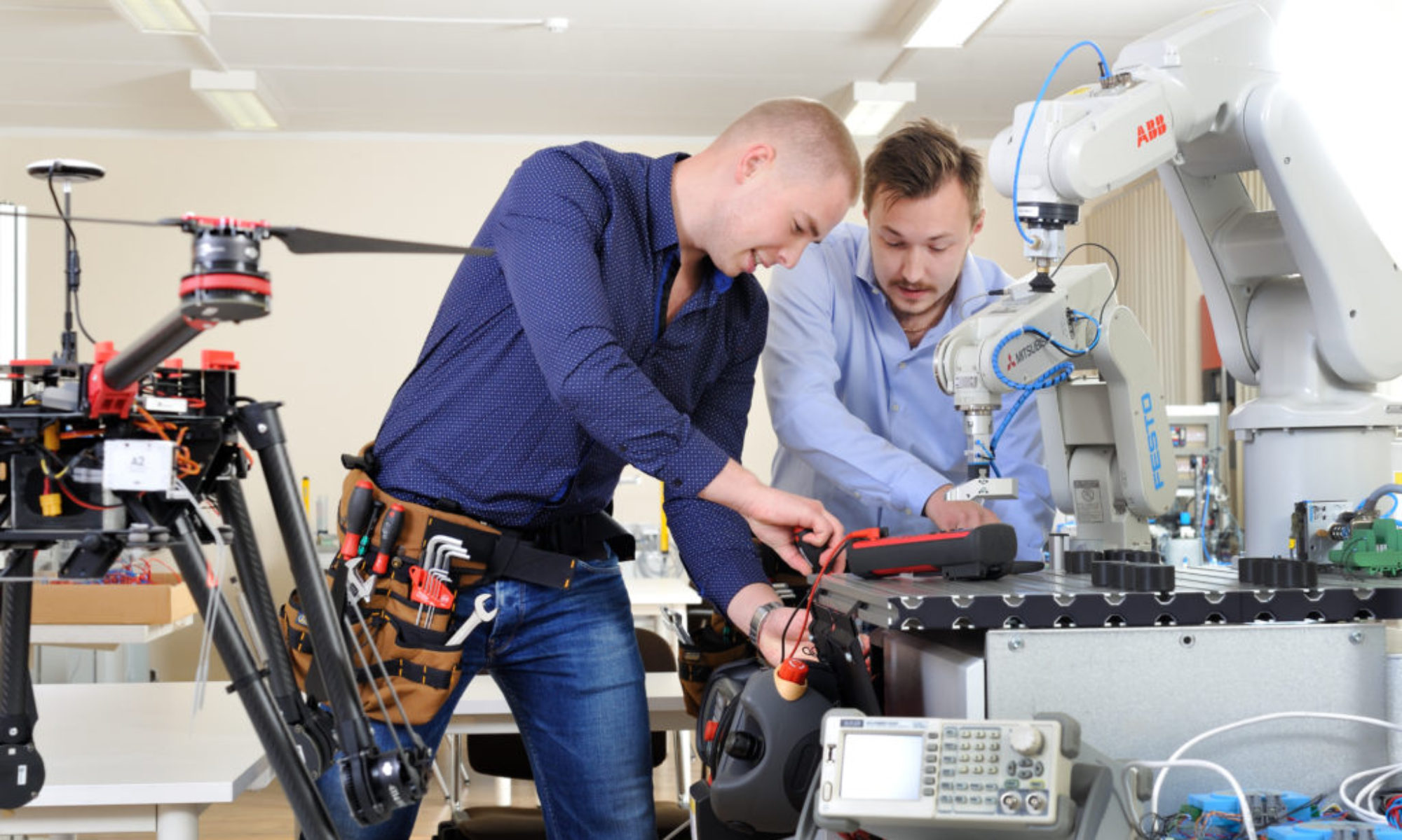Visually structured teaching methods
In a modern economy, well educated people are needed for highly diversified occupations. Description of occupation/job description will identify, in more general sense, the main functions and, more specifically, the work that is to be performed in a typical job in a company. Educational institutions of educational system will teach people, allowing them to acquire the needed qualification in thousands of specialties. Vocational system is a part of the qualification system, linking educational system to labour market, thus contributing to lifelong learning of the population, development of work-related competences, evaluation and acknowledgment and also comparison. Only 8 levels of qualification, dozens of vocations or hundreds of professions will be determined during the development of a qualification framework for the vocational system. The qualification framework will, first of all, support individuals in charge of the development of curricula of educational system educational institutions; second, development of abilities of students and improvement of their work-related proficiency (or competence) and third, will help the entrepreneurs to raise awareness of the requirements, linked to existing or prospective jobs, to educational institutions and students.
Research-based specialty related studies dominate in universities although it is known that specialty can’t be applied in any occupation; personality will be applied, instead, and apart specialty-related preparation, individuals must have occupational and professional training. Which teaching methods and materials should be used to teach and to study technical specialties for the students of technical specialities to obtain the best education possible, i.e. for the university graduate to be able to apply its knowledge and skills in full?
To achieve success in engineering career, students must define their nature, wishes and objectives or dreams. Students will plan their career paths, taking to a success, in stages that are linked to each other and can be sometimes implemented simultaneously. After the completion of specialty-related studies in an education institution it often becomes obvious that the occupational training of the young specialists is often insufficient and there is little – or no – occupational training. Occupational (practical) training won’t just appear by itself; instead, it must be acquired in course of practical training. This becomes highly important when we consider working with modern, highly automated production equipment. Communication and management of others is also learnt while honing once practical specialty-related knowledge and improving professional qualifications.
As we look around, we will see that cognition processes of people have become, in today’s post-modernist society, either partly or fully technological. As technical and technological equipment keeps developing, we will come up with more and more accurate specification, however, we’re unable to identify their role in social culture [1].
The most critical problems of university/college education Estonia, highlighted as the result of a number of surveys, and are of key importance for technical university education purposes, are listed below [2]:
- Insufficient links between academic knowledge and expectations of a society – research and educational institutions are usually strongly focused on academic education, however, is this the only expectation of the society?
- Limited use of experiences of entrepreneurs for the development of curricula, in the learning process and insufficient requirements for practical work during acquisition of academic education.
- The role of the university as promoter and supporter of entrepreneurship and the substance of an entrepreneuring university is underdeveloped and therefore, the organisations institutions of higher education and business development.
- Teaching methodologies lack attractiveness and don’t support the growth of initiative and linking academic knowledge to business opportunities.
- Low entrepreneuring skill and knowledge level of students of specialties other than economy.
As the level of complexity and scope of information, used in modern production and, above all, knowledge-intensive production, continues to increase, students will need better co-ordination between miscellaneous stakeholders, involved in education process – entrepreneurs operating in labour market, employees of companies, the state and educators – for efficient and fast development of systematic knowledge, skills, competences and attitude.
General frameworks for describing the substance and implementation of the structure of systems, that should be developed further, visualised more clearly and then used more extensively for the communication and processing of information between the stakeholders, could be one of the possible formal supports for improved co-ordination results. Information framework, characterised by commonly acknowledged structure, will allow the development and implementation of more accurate semantic models in teaching process of schools, for the assessment of qualification of employees and automation of production and manufacturing of products in companies. This will improve and speed up the adaptation of education to the requirements of modern production. Semantic frameworks and models developed on the bases thereof are about to become common joint assets of all the aforementioned subjects and will, when viewed in general, ensure the sustainability of economy.
